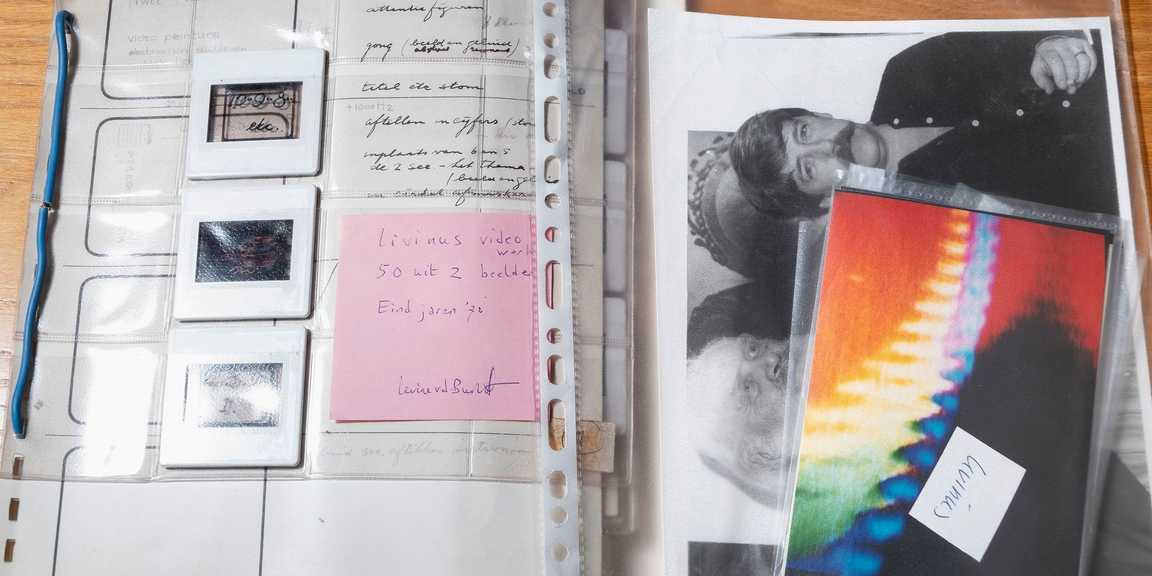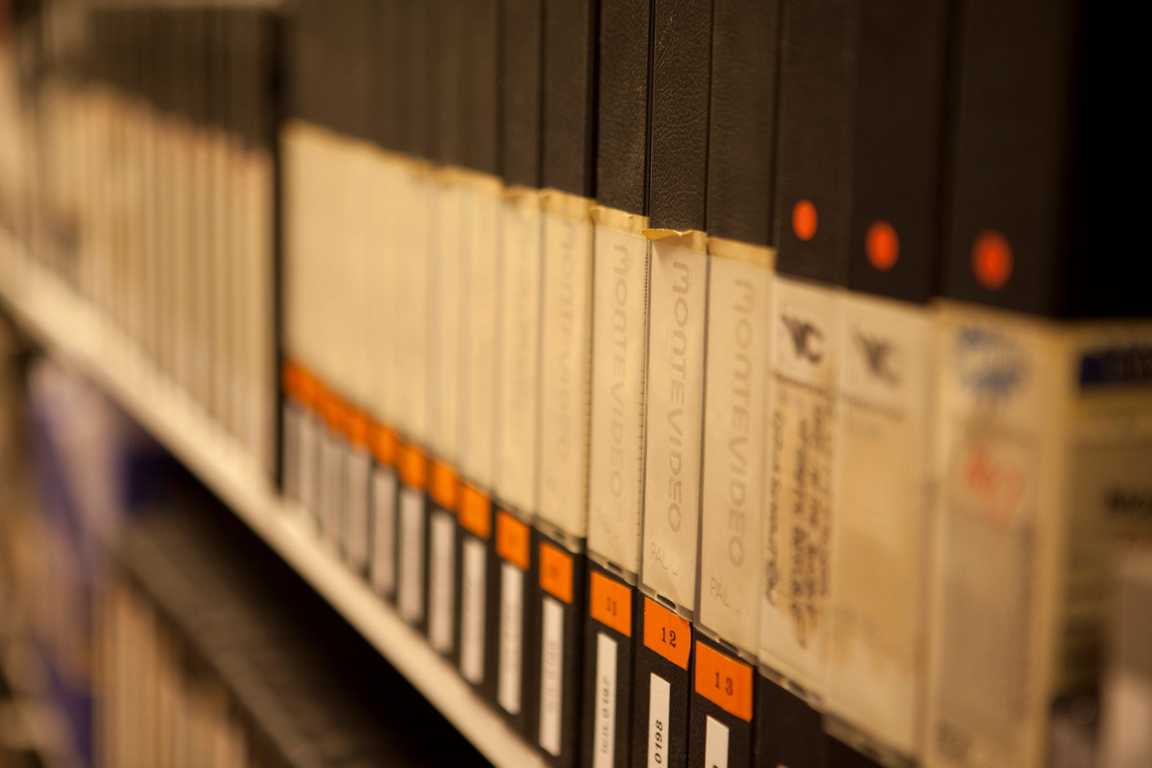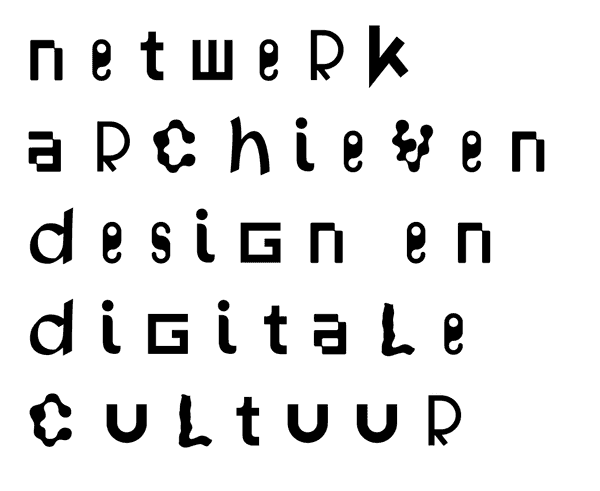
Opening Up 50 Years of Media Art: Archive Research into Montevideo/TBA/NIMk
Tracing Dutch media art history through the archives of LI-MA’s predecessors
LI-MA is proud to steward the rich legacy of Montevideo/TBA and the Netherlands Media Arts Institute (NIMk), preserving their archives, collections, and documentation from 1978 to the present. In light of our own 12½ jubilee, we are actively researching and reflecting on this shared history that forms the foundation of our work today.
The project centres on exploring and organising LI-MA's institutional legacy, as the archives of our predecessors Montevideo/Time-Based Arts and the Netherlands Media Arts Institute (NIMk) reflect the development of media art and digital culture over time. These archives demonstrate both the practice of and reflection on using new technologies for producing and presenting media artworks, reaching audiences, supporting museums and institutions, and conserving media art heritage. The pioneering role in these practices by Montevideo/TBA and NIMk continues through LI-MA. Therefore, mapping and opening up these archives represents a crucial component of our key role in future-proof archiving, conservation, and distribution of media artworks.
Filled to the brim with information about and parts of productions, exhibitions, projects, artist talks and more, the archive provides insight into the development of media art, digital culture, visual arts, artist practice, society and technology. The archive forms a hybrid collection of analogue and digital materials and the content spans diverse media types – from text, images, sound and video to hardware and software – as well as presentations, publications, programme overviews, and specialised poster, photo and video archives. And most of all the archive is inextricably linked to a large number of artworks and artists in the LI-MA collection. It is a great primary source for media- and art history for students, artists and researchers. It contains contextual information and artworks that both require a different approach.

Materials from the Montevideo archive at the LI-MA office.
Questions
What components does the archive consist of and how can the various parts systematically be archived while making them accessible to diverse audiences?
It contains answers to historical questions such as: which artists and artworks were presented during these decades, and what were the prevailing themes and subjects? What were the technologies used at the time, and how was the cultural climate? It also raises critical contemporary questions: how can we create connections between parts of the archive and current media art and digital culture? How do we interpret the artistic concepts, practices and technical developments from previous decades? Additionally, this archive offers valuable insights into the differences and similarities between archiving and conservation. How can you activate an archive, and how does this differ from preserving a media artwork?
The first phase of the project timeline spans from April to September 2025, involving setting up an archival system, inventory, timeline of activities, rearranging analogue materials from the 1970s and 1980s (until the fusion of Montevideo and TBA) digitisation of key materials, rearranging analogue materials. It will conclude with a public event at the end of 2025 focused on the state of technology and institutions supporting digitale culture and technology, mirroring innovation, experiment and research. The second phase will span over 2026 with inventory, rearranging analogue and digital materials from the 1990s, 2000 until 2026, publishing of key materials, and the formulation of long-term archival strategies and community narratives in collaboration with partner institutions. This collaborative approach contributes to building an interconnected Dutch archive infrastructure for media art and digital culture. It will also lead into public events focused on the development of media art and digital culture over time and the archive’s relevance to contemporary practice.
Developing Storylines (with the Community)
In collaboration with our partners, we aim to develop narrative frameworks drawing from the archive's content, while actively engaging them in making the archive accessible.
This foundational work is coordinated by LI-MA director Gaby Wijers, who has the most extensive knowledge of the archive, working alongside researchers, interns and volunteers, with strategic support from Network Archives Design and Digital Culture (NADD).
Header image: Montevideo/Time Based Arts/NIMk archive








